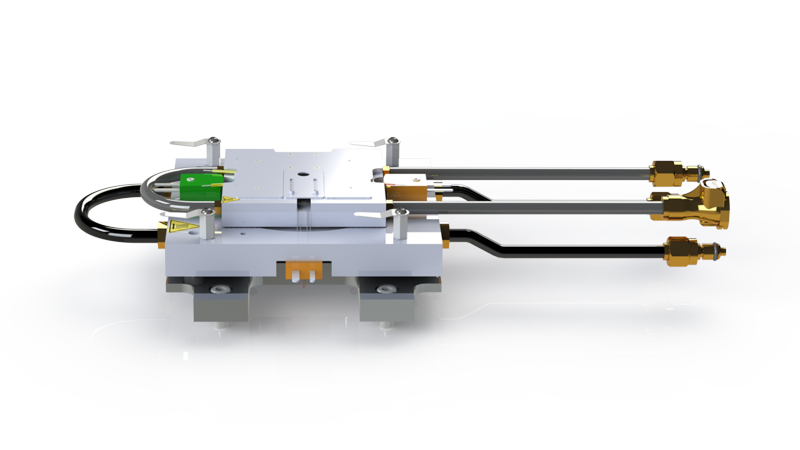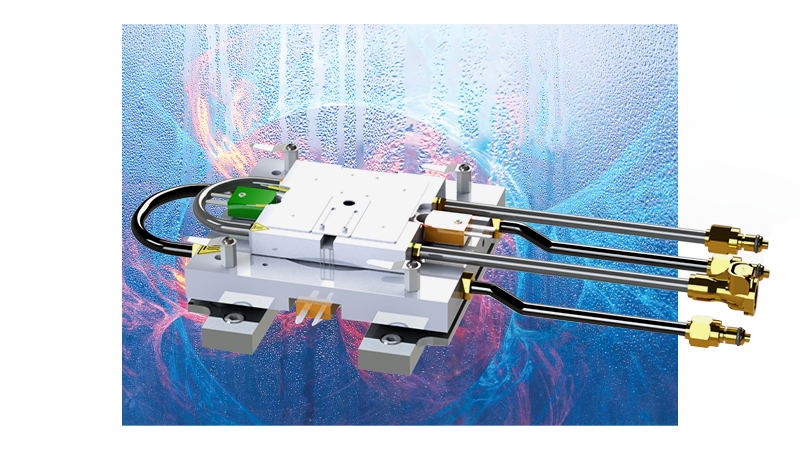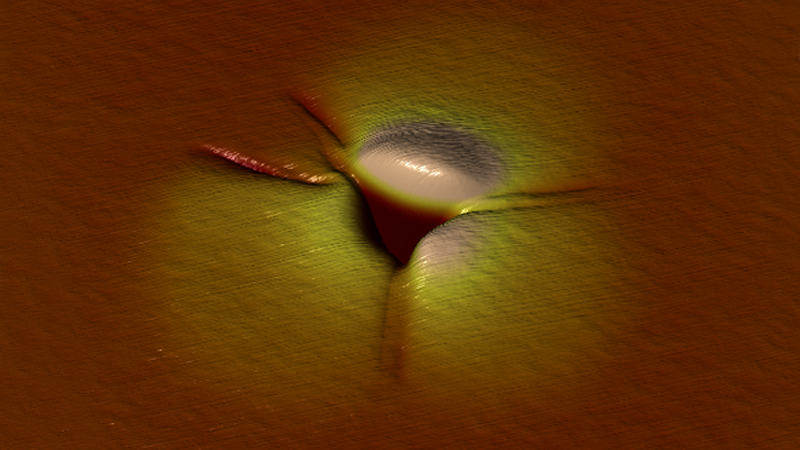

Cold and Colder, Nanoindentation Down to -120°C
See Bruker technology in action down to -120°C
In this webinar, Bruker experts demonstrate operando nanomechanical testing down to -120°C. The speaker, Dr. Douglas Stauffer, first clarifies the motivation for testing from cold to cryo conditions and briefly explains how nanoindentation works. Then, he gives an overview of the xSol High Temperature Stage for in-operando experiments and demonstrates its performance with cryogenic testing of several case studies.
Presenter's Abstract
Materials behavior is often dominated by highly localized phenomena, and the ability to probe these local properties for engineering devices is critical. Often these devices are operating in environments with large differences in temperature and pressure: from the high vacuum and cold of space to the high temperature and high pressure inside a deep-water oil well. This webinar focuses on testing from room temperature down to -100°C on a variety of materials classes.
A fundamental study in a low carbon, 1018, steel is presented. This material is non-exotic, but plays a large role in the nuts and bolts of everyday life. 1018 steel is a two phase steel, containing both ferrite and pearlite phases that are easy to distinguish both via in contact SPM and high speed mapping of the steel, with the high C pearlite being much harder than the ferrite. This material also exhibits a ductile to brittle temperature transition at -5°C via Charpy impact testing. However, when the individual phases can be examined separately, the DBTT can be described to each phase. Besides a rapid increase in hardness, as the ability to cross-slip decreases, there is a change in the behavior of the load-displacement curve from smooth to heavily serrated flow dominated by pop-in behavior in the ferrite phase.
Determining the glass transition temperature of polymer films can be difficult due to specimen geometry that does not conform to typical macroscale test algorithms. Here, determination of polymer thin films is demonstrated by varying both temperature and frequency using a nanoscale equivalent test, nanoDMA III. Control of operating conditions below room temperature here is critical to understanding materials performance in a cold weather environment.
Find out more about the technology featured in this webinar or our other solutions for NanoIdentation down to -120°C:
Featured Products and Technology
Speaker
Douglas Stauffer, Ph.D.
Senior Manager of NI Applications Development
Douglas Stauffer, Ph.D. is the Senior Manager for Applications Development for the Hysitron product lines at Bruker Nano, Inc. In short, he manages the internal testing laboratory, engages in collaborations, and assists with sales-related activities with respect to nanomechanical testing techniques. He works with a wide variety of professionals in his role, ranging from professors studying incipient events at very small length scales to industrial manufacturing of 300mm wafers for logic and memory
His current research focus is on developing new techniques for understanding structure and processing relationships with regard to nanomechanical performance. These relationships and techniques can then be applied to a wide range of applications that include both applied and fundamental studies for assessing component and microstructure capabilities to resist failure. These techniques include in and ex-situ testing and the development of in operando type experiments, to gain insight into the role that plasticity and fracture play in the varying failure regimes under operating conditions.
Douglas received his Ph.D. in Materials Science from the University of Minnesota in 2011. He then joined the R&D department as a Senior Staff Scientist working in instrumentation and applications at Hysitron. Hysitron was acquired by Bruker Nano in January 2017.


